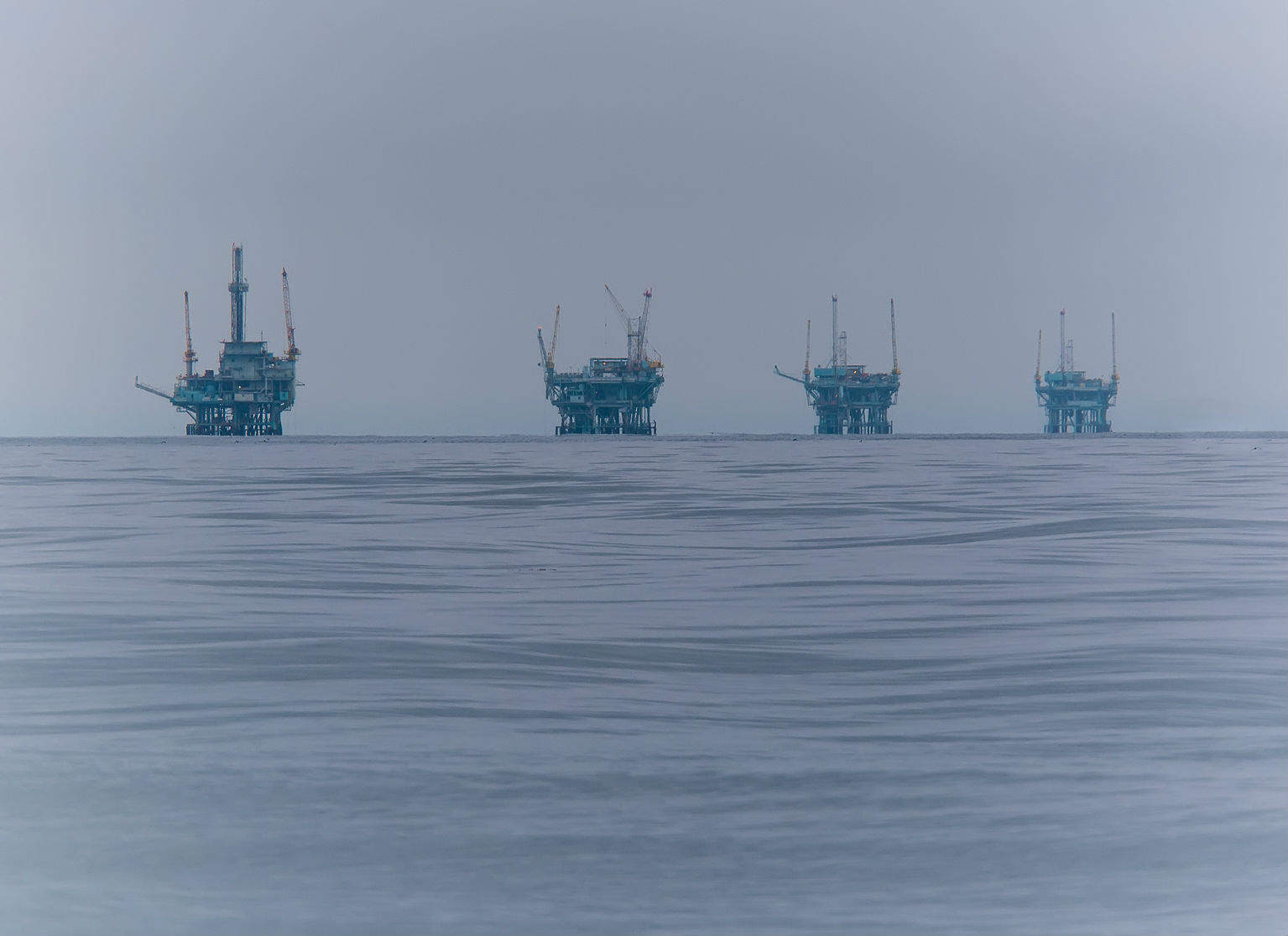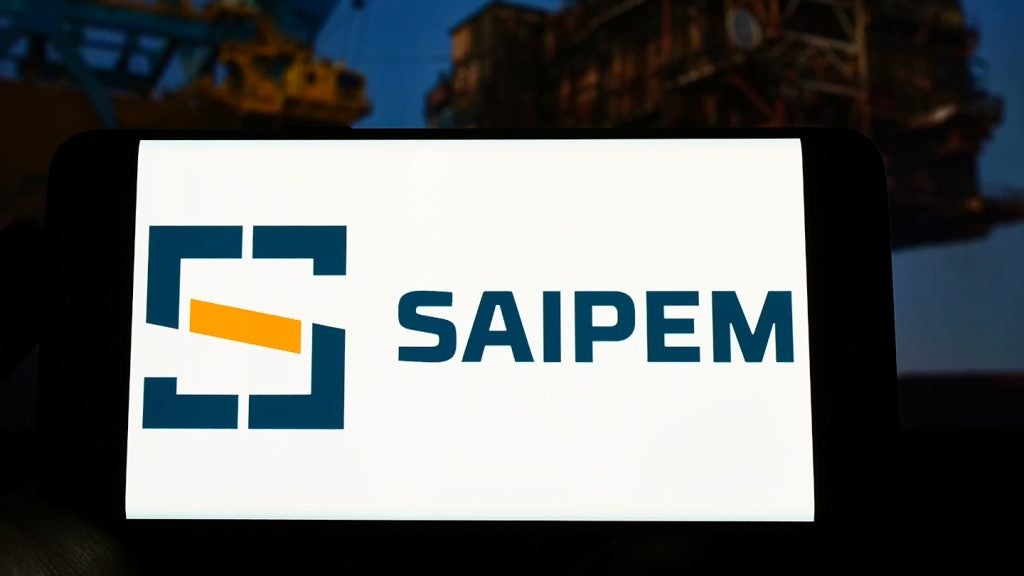
 Offshore fracking has been used hundreds of times as a method to withdraw oil and gas in federal waters off the coast of California, from Seal Beach to the Santa Barbara Channel. Despite being a common practice that has taken place since the 1960s in some areas, information about how, where or why it’s been done has been very inadequate.
Offshore fracking has been used hundreds of times as a method to withdraw oil and gas in federal waters off the coast of California, from Seal Beach to the Santa Barbara Channel. Despite being a common practice that has taken place since the 1960s in some areas, information about how, where or why it’s been done has been very inadequate.
Companies like ExxonMobil have been fracking off the coast for several years, but this was only revealed after a Freedom of Information (FOI) request showed the full extent. FOI requests were filed in 2013 with the Department of the Interior by the Associated Press, and over 200 instances were exposed, all of which occurred without any environmental analysis or public knowledge.
An inadequate first assessment
In 2015 the Californian Center for Biological Diversity challenged a series of permits that authorised the use of offshore fracking without following a series of environmental laws. They included the fact that the government appeared not to be doing any environmental analysis whatsoever before issuing the permits.
The government agreed to stop approving fracking off the Californian coast before studies were completed to ascertain whether the practise was in fact safe, and the draft assessment was released in February. The final assessment is due at the end of May, but environmentalists are unsatisfied with the initial reports, highlighting many areas where they believe the first draft falls short.
"We think the analysis is entirely cursory and signals the federal government’s intent to rubber-stamp offshore fracking to appease oil companies at the expense of California’s ocean environment and coastal communities," says Center of Biological Diversity staff attorney Kristen Monsell.
Monsell adds that contradictory and worrying statements in the analysis include that offshore fracking and the concerning toxic chemicals would have no real impact on marine environments.
How well do you really know your competitors?
Access the most comprehensive Company Profiles on the market, powered by GlobalData. Save hours of research. Gain competitive edge.

Thank you!
Your download email will arrive shortly
Not ready to buy yet? Download a free sample
We are confident about the unique quality of our Company Profiles. However, we want you to make the most beneficial decision for your business, so we offer a free sample that you can download by submitting the below form
By GlobalData"[The report] acknowledges that there are critical information gaps regarding the impacts of offshore fracking and acidulation, and other well stimulation treatments on the marine environment," she says. "But then completely illogically concludes that there won’t be any significant impacts from the use of such practices, without backing that up whatsoever."
Too few rules for too long
One of the main problems with offshore fracking, Monsell says, is the veil of secrecy that has existed around it for so long. The fact that an FOI was required has shed a light on the lack of openness around the issue.
"The federal government doesn’t really make the permits that they issue publicly available, so there’s a real lack of transparency about offshore oil and gas drilling in general," says Monsell. "It sort of signals to us that the oil companies have something to hide."
Oil companies have been slippery about disclosing what kinds of chemicals they use in their fracking operations. In 2005, a law by Congress included the ‘Halliburton loophole’, which exempted companies from having to name the chemicals they use.
In March 2015, the Obama administration announced stricter measures, and that companies will now have to disclose these chemicals. At the time, the Society of Chemical Manufacturers and Affiliates (SOCMA) warned that such a rule could jeopardise the trade secrets of its members.
Monsell says there is still a great deal that is unknown about offshore fracking in terms of environmental dangers, even if companies were more open about their practices.
"What we do know demonstrates that many of the chemicals that they use are extremely toxic," she says. "Some of which are actually listen by the United Nations as among the most toxic in the entire world with respect to aquatic species."
In federal waters, companies can effectively dump chemical waste directly into the ocean with no limits. The only limit is the quantity of water that the platforms are allowed to discharge which is nine billion gallons per year.
Monsell says that while there are several environmental laws that are triggered in these situations, such as the National Environmental Policy Act and the Marine Life Protection Act of 1999 – which means protecting California’s marine areas from pollution, oil spills and other human impacts to the ocean – none of them have been followed with issuing permits.
"They were just rubberstamping these permits," she says. "They were sometimes authorised the same exact day they were submitted by the oil companies, which clearly shows they weren’t doing any analysis."
Fracking damage
The amount of waste produced by fracking is huge. It also emits hazardous air pollutants like benzene which is a carcinogen, and is very harmful for the marine life that lives in Californian waters such as sea lions, otters and blue whales.
There are 632 different chemicals used in fracking, according to the Endocrine Disruption Exchange (TEDX), an organisation that focuses on the human health and environmental impacts from low-dose or ambient exposure to chemicals.
Researcher Theo Colborn and her team determined the possible health effects of 353 identified chemicals in fracking fluids in 2010 and found that 75% could affect the skin, eyes, and other sensory organs, as well as gastrointestinal and respiratory systems.
dditionally, 40%-50% could harm the brain and nervous system, cardiovascular system and kidneys, and 25% could cause cancer and mutations.
After a decade of research, EPA scientist Dominic DiGiulio proved that some of these chemicals can find their way into groundwater. He concluded that the water wells in Pavillion, Wyoming were polluted from fracking waste chemicals that are normally stored in pits.
For example, methanol was detected, which can trigger permanent nerve damage and blindness in people when consumed in large quantities. Fracking also releases large amounts of methane, a potent greenhouse gas, into the atmosphere, which can also pollute drinking water.
A 2012 scientific study by Lisa McKenzie1128" src="https://www.offshore-technology.com/wp-content/uploads/image-digitalinsightresearch/Archive/OFT/whale%20fracking.j from the Colorado School of Public Health found that benzene, a main pollutant released from fracking practices, is the largest contributor to people’s cumulative cancer risk, regardless of how far away they lived from a well.

What about the impact on nature?
In terms of geographical impact, offshore fracking also increases the risk of oil spills. An independent study lead by the California Council on Science and Technology (CCST) revealed that between 2009 and 2014, 170 wastewater spills were reported off the shore of California due to fracking.
The study also found that there was a link between wastewater injection activity and a cluster of earthquakes in the Santa Maria basin.
"It’s just a whole host of potential impacts on marine life, the ocean environment and coastal communities," says Monsell. "It’s a practise that doesn’t belong in our oceans."
The Center for Biological Diversity filed a lawsuit in February this year, and the subsequent agreement from it requires the federal government to develop an online system where they will put all of the drilling permits into that programme. In theory, this will make the whole process more transparent. However, it hasn’t yet been developed so the extent to which it is effective remains to be seen.
This month, over 30 prominent ocean and climate scientists, including Sylvia Earle and Carl Safina, urged the government to continue the moratorium of fracking in Californian federal waters in an open letter.
"We write as scientists to urge you to conduct a comprehensive environmental review of the risks of hydraulic fracturing (‘fracking’), acidizing, and other well-stimulation techniques off the California coast," the letter reads. "We strongly advise you to continue the current moratorium on offshore well stimulation in California until a comprehensive review and scientific studies demonstrate that fracking and acidizing do not threaten wildlife, the marine environment, coastal communities, and the climate."
No more free passes
The oil industry spent a reported $22m in 2015 to lobby state officials in California and the West. Such a massive sum of money – $11m from the Western State Petroleum Association alone – meant that no bills opposed by the industry progressed.
Environmental groups such as the Center for Biological Diversity want things to change, and for the government to stop giving the oil and gas industry special allowances.
"The federal government should be looking for ways to transition us off of dirty fossil fuels and toward clean, sustainable energy," says Monsell. "Not looking for ways that are dependent on dirty fossil fuels."
The hope is that if the government is forced to properly analyse the damage that can be done by offshore fracking, then it will have to stop authorising it.
"Fracking is an extremely dirty, dangerous practise that has absolutely no place in our ocean," says Monsell. "We think that if the federal government actually takes a hard look at the risks and impacts as they are required to do under the law, they’ll have no choice but to prohibit the practise entirely."







